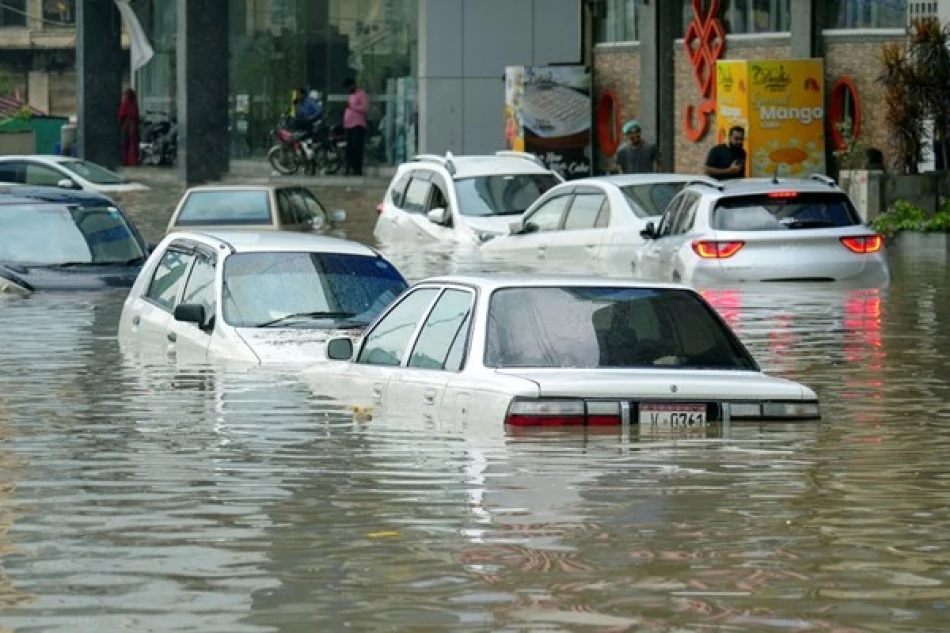
Deadly Monsoon Rains Wreak Havoc in Pakistan: Casualties Mount as Seasonal Storms Batter the Nation
Pakistan's Monsoon Crisis Deepens as Death Toll Surpasses 400 in Climate-Fueled Disaster
Pakistan's devastating monsoon season has claimed over 400 lives in the past week alone, with more than 20 additional deaths reported as torrential rains and landslides continue to batter the climate-vulnerable nation. The latest casualties underscore Pakistan's growing struggle with extreme weather events that scientists increasingly link to global climate change.
Geographic Spread Reveals Nationwide Vulnerability
The latest fatalities highlight the widespread nature of this crisis, with deaths reported across Pakistan's diverse terrain. Eleven people perished in the mountainous Gilgit-Baltistan region in the country's north—home to some of the world's highest peaks including K2—while ten others died in Karachi, the nation's economic powerhouse and largest city.
This geographic spread from the northern mountains to the southern coast demonstrates how Pakistan's varied topography creates multiple disaster scenarios during intense monsoon periods. Mountain regions face deadly landslides, while urban centers like Karachi struggle with inadequate drainage systems that turn streets into rivers.
A Pattern of Escalating Climate Disasters
Pakistan ranks among the world's most climate-vulnerable nations despite contributing less than 1% of global greenhouse gas emissions. The country has experienced increasingly severe weather events in recent years, including the catastrophic 2022 floods that submerged one-third of the country and affected 33 million people.
Unlike wealthier nations such as the Netherlands or Singapore that have invested heavily in flood management infrastructure, Pakistan's limited resources and rapid urbanization have left it particularly exposed to extreme weather. The country's monsoon season, typically lasting from June to September, has become increasingly unpredictable and intense.
Economic and Infrastructure Implications
The mounting death toll represents more than human tragedy—it signals a recurring economic crisis. Pakistan's economy, already struggling with inflation and debt, faces repeated reconstruction costs that drain resources from development projects. Karachi's role as the economic capital makes flooding there particularly costly, disrupting port operations and industrial activity.
The disaster also highlights the urgent need for climate adaptation financing, an issue Pakistan has championed internationally. The country successfully lobbied for a "loss and damage" fund at recent UN climate summits, arguing that climate-vulnerable nations deserve compensation for disasters largely caused by wealthy countries' historical emissions.
Monsoon Patterns Signal Broader Climate Shift
This year's monsoon intensity reflects broader changes in South Asian weather patterns. Climate scientists warn that warming temperatures in the Arabian Sea are creating more moisture-laden air masses, leading to increasingly severe precipitation events. The pattern mirrors extreme weather trends seen across South Asia, from India's deadly heatwaves to Bangladesh's intensifying cyclones.
For Pakistan, these recurring disasters create a vicious cycle: each monsoon season destroys infrastructure and diverts resources from long-term climate resilience projects, leaving the country even more vulnerable to the next extreme weather event.
Most Viewed News

 Layla Al Mansoori
Layla Al Mansoori






